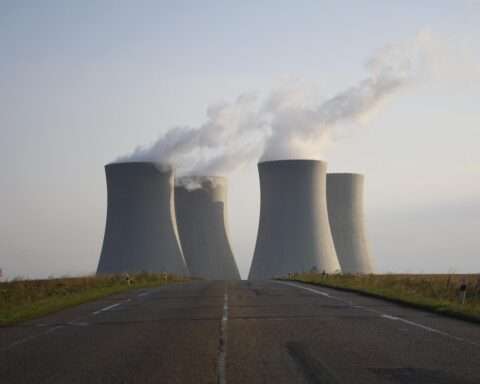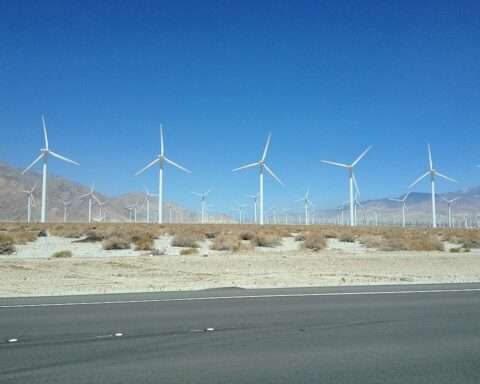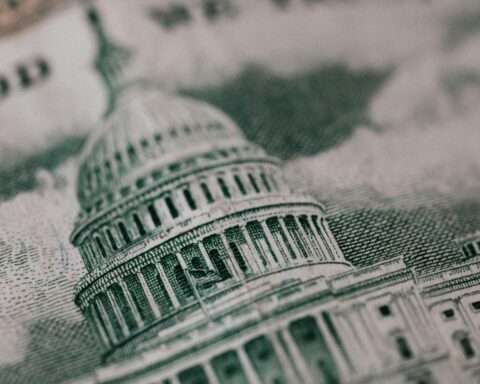Since January 2024, the United States has seen some of the most destructive wildfires in 25 years, breaking the record for the most acres burned per fire. As wildfires continue to ravage the nation, the departments of the Interior (DOI) and Agriculture (USDA) have outlined strategic priorities in directing and responding to wildfires. In a recent memo, the agencies advocated priorities to reduce wildfire risk, restore ecosystems, engage in post-fire recovery, support the wildland fire workforce and increase community fire resilience.
In 2023, weather patterns and responses from wildland firefighters resulted in less widespread wildfire activity in 2023. Despite fewer wildfire events occurring, totaling more than 56,000 across the country, more than 2.6 million acres burned in historically significant fires. The fires caused significant housing and infrastructure loss, deaths and resource damage.
The DOI and USDA will incorporate the National Cohesive Wildland Fire Management Strategy to provide a uniform approach to wildfire response and risk mitigation efforts. The Forests and Rangelands, a cooperative initiative between the DOI and USDA, updated the strategy last year to address emerging challenges caused by climate change and increased wildfire activity.
The agencies will also integrate recommendations from the Wildland Fire Mitigation and Management Commission to further hone their approach to wildfire events. The commission published a report with 148 recommendations to address wildfire crises. These recommendations fall under seven categories:
- New approaches to address the wildfire crisis.
- Ways to support collaboration that improves partner involvement at every scale.
- Transitioning from reactive to proactive action in planning for, mitigating and recovering from fire.
- Utilizing beneficial fire to reduce the risk of catastrophic wildfire.
- Supporting and expanding the workforce to hire and retain wildland firefighting staff.
- Modernizing tools to make better use of available technology and information for informed decision-making.
- Investing in resiliency through increased spending now to reduce costs in the long run.
The departments will continue hazardous fuels treatments to reduce excessive vegetation that can fuel wildfires. They completed these treatments across 6.85 million acres in 2023. The treatments will help restore fire-adapted ecosystems and reduce the risk of high-severity wildfires in the future.
In addition to hazardous fuels treatments, the agencies seek to increase the number of wildland fire personnel by more than 17,000. The departments will collaborate to further support fire personnel, improve recruitment and retainment for talented professionals, increase workforce sustainability and mitigate wildfires worsened by the climate crisis.
The federal government’s proposed Fiscal Year 2025 budget builds on previous investments in the DOI and USDA’s wildland fire workforce. This includes a meaningful pay increase for wildland firefighting personnel. The departments will use the funds to provide better year-round health resources and services to firefighters. These investments will support responders and ensure they are fairly compensated and well supported.












